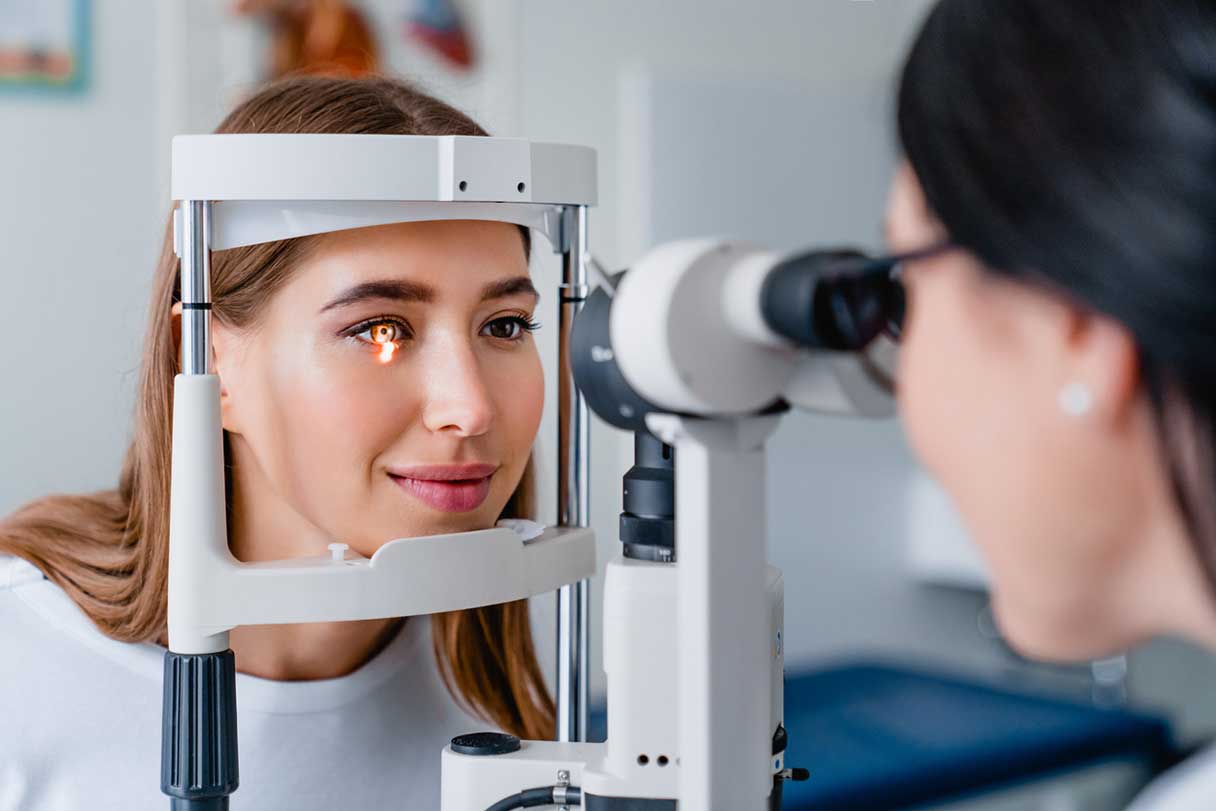Vision is a vital aspect of the development of a child. Special training is given to pediatric eye care professionals for diagnosing and treating issues in children. Because some diseases can trigger issues with learning or other developmental issues, early detection and treatment are essential.
There are a number of kinds of vision problems that may affect children. Common vision issues include farsightedness, nearsightedness, and astigmatism. Contact lenses or glasses can commonly correct these conditions. Another common problem is amblyopia (or lazy eye). Amblyopia occurs as an issue wherein the brain favors one eye over the other, rendering the less able eye “lazy”. This condition can be treated through eyeglasses or patching or surgery. Strabismus (or crossed eyes) is another issue that may require treatment. To assess your child’s eyesight, consult with an eye doctor for children. Eye problems can be identified in the early stages and quickly treated to ensure your child’s potential.
What are the treatments for children with vision problems?
The American Optometric Association estimates that about 4.4 million children in America suffer from one or more vision problems. A few of the issues could be due to the child’s age when they are growing their eyes. Other conditions could be indicative of more serious health issues. Astigmatism, nearsightedness, and farsightedness are common issues in children’s vision. These issues can be treated with eyeglasses or contact lenses. However, in some cases, surgery may be necessary. Cataract surgery is typically required for infants born with the condition. It will take out the clouded lens and replace it with an unclouded artificial one. It is crucial to diagnose and treat problems with pediatric vision early in order for children to be able to see clearly.
How important is pediatric eye care?
Children are not just tiny adults. Children’s bodies are still developing, which means they are more vulnerable to certain health issues. As an example, children’s eyes are usually more susceptible to injuries and illness than the eyes of adults. Parents should ensure they have their children regularly checked for eye exams.
There are many advantages to regular eye care. It is essential to identify issues with a vision early to prevent them from becoming worse. Children who have regular eye exams are more likely to be successful in school. Regular eye exams can aid in identifying any other health issues that may exist. By keeping children’s eyes healthy, pediatricians can lower the cost of healthcare.
Parents might be reluctant to send their children for regular eye examinations. The benefits outweigh the cost. Parents can help ensure their children’s health by providing regular eye examinations.

For more information, click optometrist near me
Eye health is crucial for everyone, but is particularly important for children
For children, having a healthy and clear vision is crucial for ensuring that they can develop properly both physically and mentally. Vision problems can hamper the ability of children to learn and excel in school. Children who don’t have clear vision are in greater danger of getting into accidents. Parents must ensure that their children have regular eye exams and get any issues with their vision corrected immediately. Parents can ensure that they are successful with their children by taking proactive steps to protect their eyes.
Contacts, surgery glasses, and surgeries are common treatments
Pediatric eye health is one of the branches of medicine that deals with the treatment and diagnosis of vision issues in children. The most common treatment options are contacts, glasses, and surgery. Sometimes, pediatricians prescribe medications for ailments such as amblyopia and strabismus. In some cases children, they may have to wear special devices, such as prisms, to improve their vision. Eye care for children aims to provide children with the best vision so they can develop and perform their tasks normally.